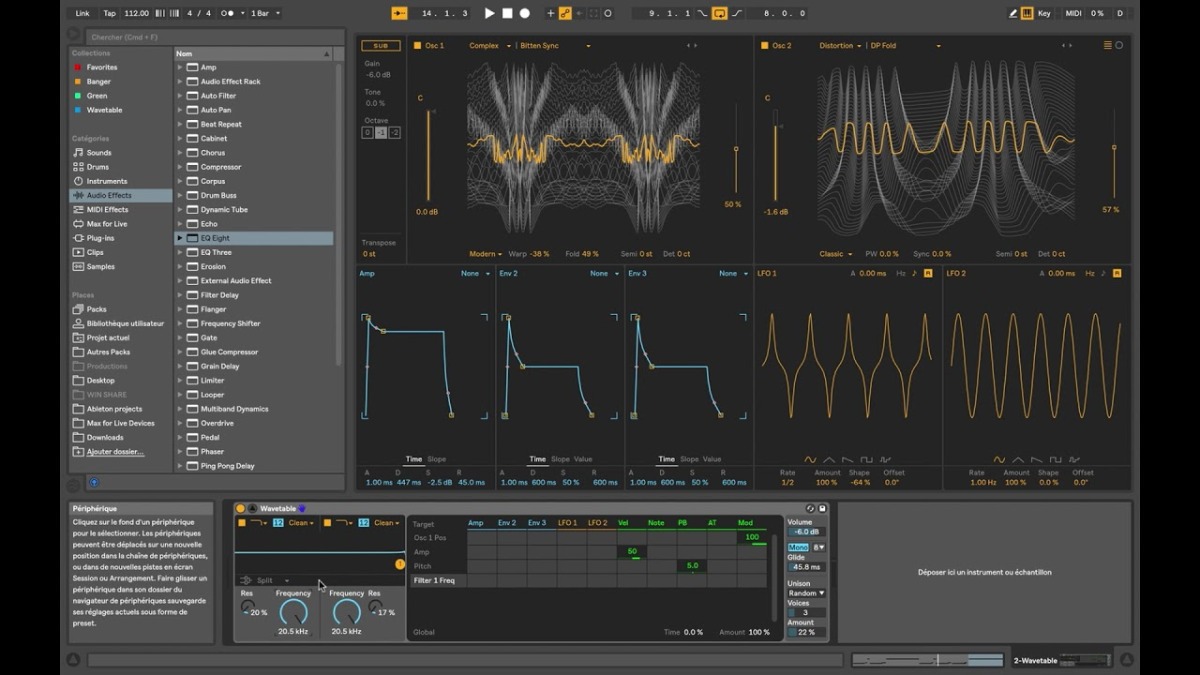
(I can already hear a bunch of purists screaming "that's cheating", but they're wrong.) Now, I'm fully willing to admit my technical skills as a musician are mediocre at best and I can be a bit sloppy, so just being able to record eight takes in a row without stopping is huge. This simply allows you to record multiple takes of the same section of a song without stopping and then combine the best parts easily. The other headlining feature, at least for me, is comping.

It's intuitive and simple, and might even convince a few more people to embrace MPE once they've gotten a taste of what it has to offer. These allow you to dive in and manually tweak pitch bends, modulation and aftertouch on a per-note basis, just like you would any other automation lane. You can still take advantage of many of MPE's features even if you don't have a compatible controller by using Ableton's new expression editing tools. Especially since, in my experience, your settings will need a lot of fine tuning to make the most of MPE and this really simplifies the process. I want to connect my Morph or Roli and just have it work as expected. I don't want to spend an hour building custom mapping for every virtual instrument. This might sound minor, but I think one of the barriers to adoption of MPE controllers is getting them to play nice with non-MPE software. To be clear, you could always do this, but it's just a lot easier to get set up now. So, for example, you could fire up Ableton's Analog, tick a couple of boxes in MPE Control and slide your fingers around to trigger pitch bends and move the mod wheel. MPE Control also lets you take advantage of some of the tools available to you on an MPE controller, even if the instrument you're using doesn't support it. These let you decide how exactly you want various MPE functions to be used and map them quickly and easily. Ableton also included MPE Control and Expression Control devices, which you'll find under MIDI Effects. You can find presets under "MPE Sounds" in the browser if you want to quickly dabble and explore. (They also couldn't be more different from a sonic standpoint.)Ībleton was smart enough to update a few of its stock instruments to support MPE too, like Wavetable and Sampler. I mention those two in particular because they've been my go-to testbeds for exploring MPE. That means instruments that respond to MPE like Arturia's Pigments and sonicLAB's Fundamental can be that much more expressive when paired with the right controller, like the Sensel Morph. Bitwig has it, Logic has it, even Garage band has it.

Ableton Live is one of the last major DAWs to add support for MIDI polyphonic expression. Lets start with arguably the marquee feature - MPE support.


 0 kommentar(er)
0 kommentar(er)
